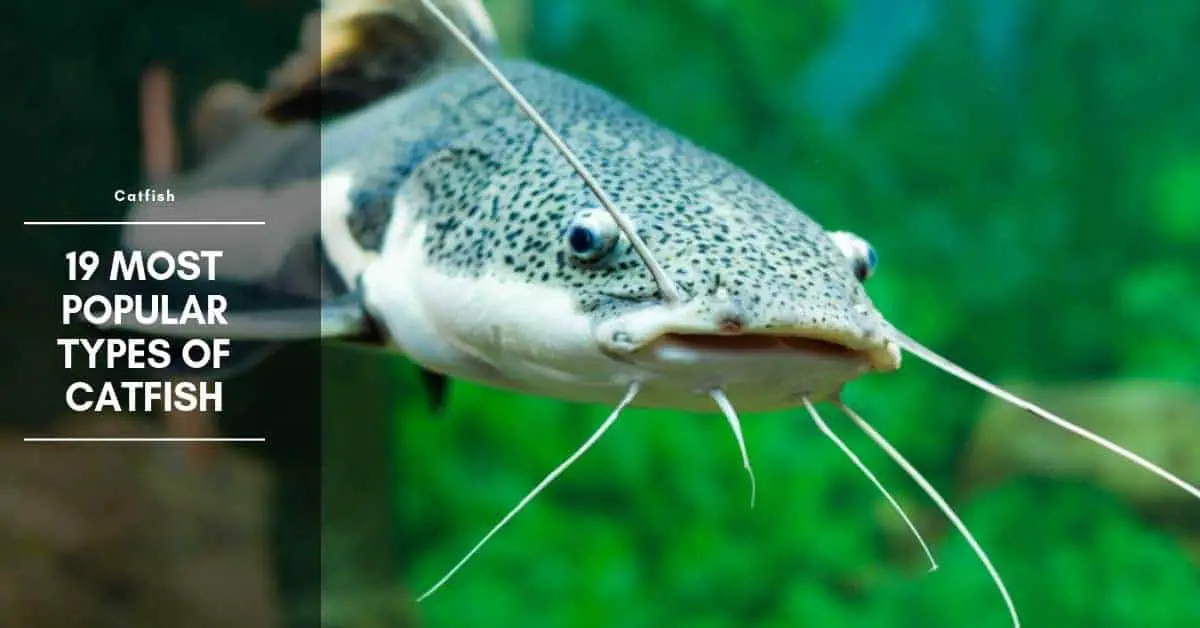Catfish fish represent one of the largest groups of aquarium fish, and also one of the most diverse in terms of appearance and lifestyle. There are more than 2,000 species in approximately 30 families.
Some of these fish are sedentary and suitable for a community tank, while others are active predators that grow to a large size. Identification is not always easy, partly because members of the same species often show differences in patterning, and partly because new species are constantly being discovered.
Here Are the Most Popular Types of Catfish
Bumblebee Catfish
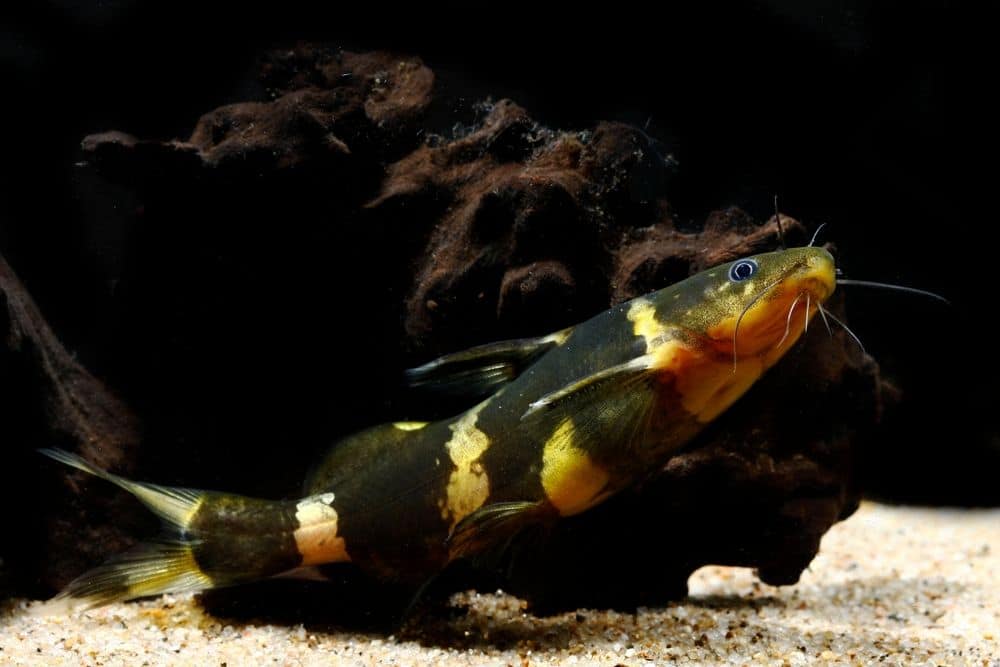
The orange and brownish-black bands on this Bumblebee Catfish resemble the markings of a bumblebee. It is often confused with two similar-looking species with the same common name, Leiocassis siamensis from Asia and Microglanis poecilus from South America. Nocturnal by nature, this catfish can be kept safely with other nonaggressive species of a similar size, but it will prey on smaller companions, especially the fry of livebearing fish.
Pictus Catfish
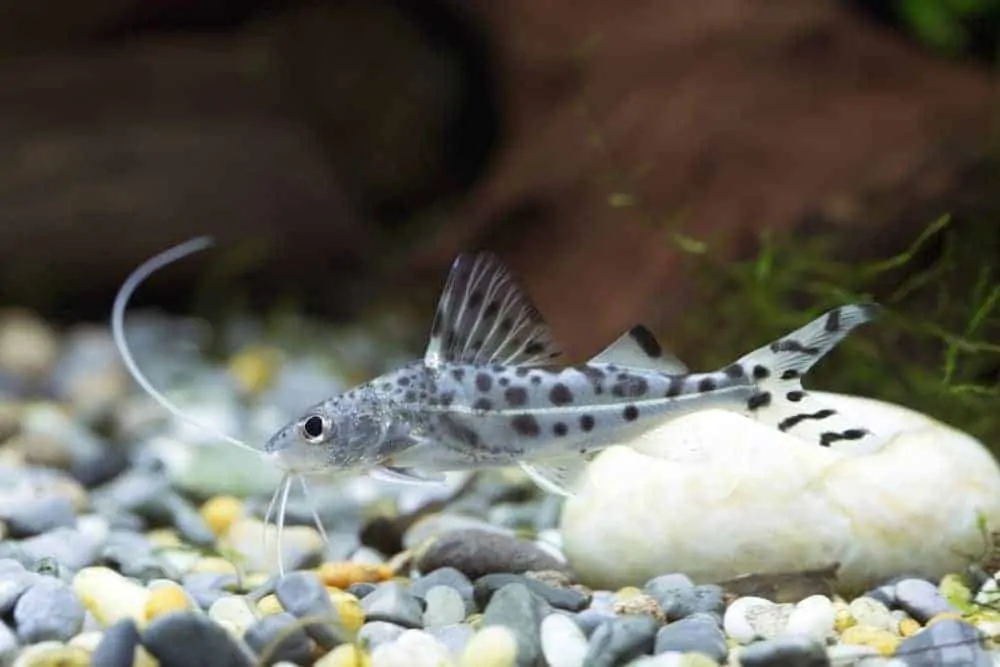
The Pictus Catfish is attractively patterned, with prominent black spots set against a silvery background. Its docile nature makes it suitable to be kept in a shoal, or mixed with other nonaggressive fish requiring similar water conditions.
Feeding, too, presents no difficulties. Although these catfish are nocturnal, they may eat during the day under subdued lighting. Beware: their sharp pectoral fins may get stuck in the netting.
Glass Catfish
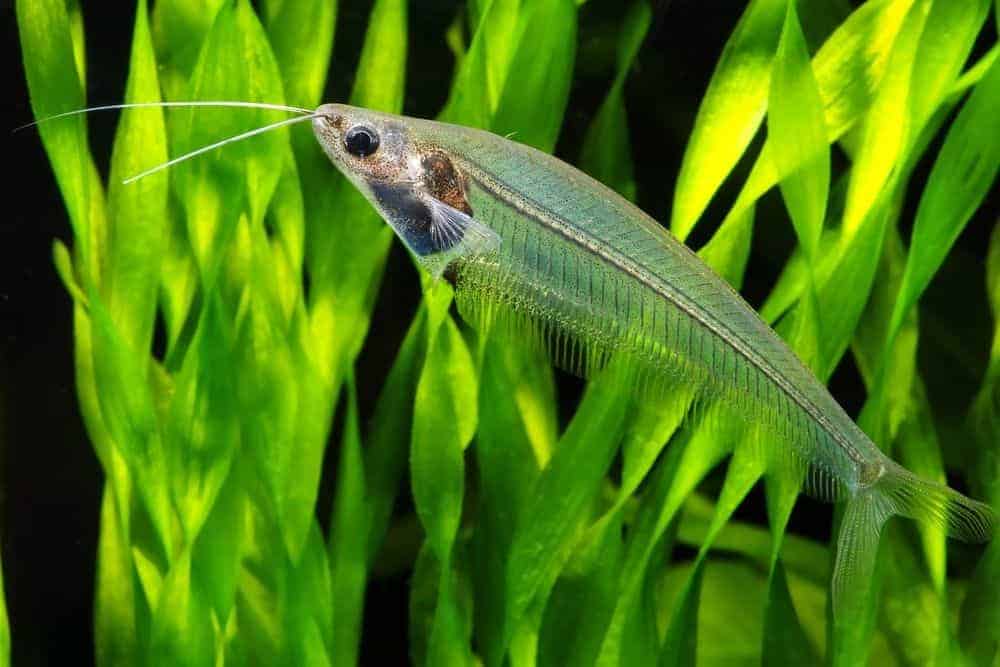
The long body of glass catfish is almost completely transparent, allowing it to assume the color of its surroundings. The only color on the fish itself is a small reddish-violet patch behind the gills.
The barbels are long, as is the anal fin, which runs virtually the length of the underparts. In contrast, there is just a hint of a dorsal fin, with the pelvic fins also being rudimentary. These active catfish naturally inhabit fast-flowing streams.
Zebra Pleco
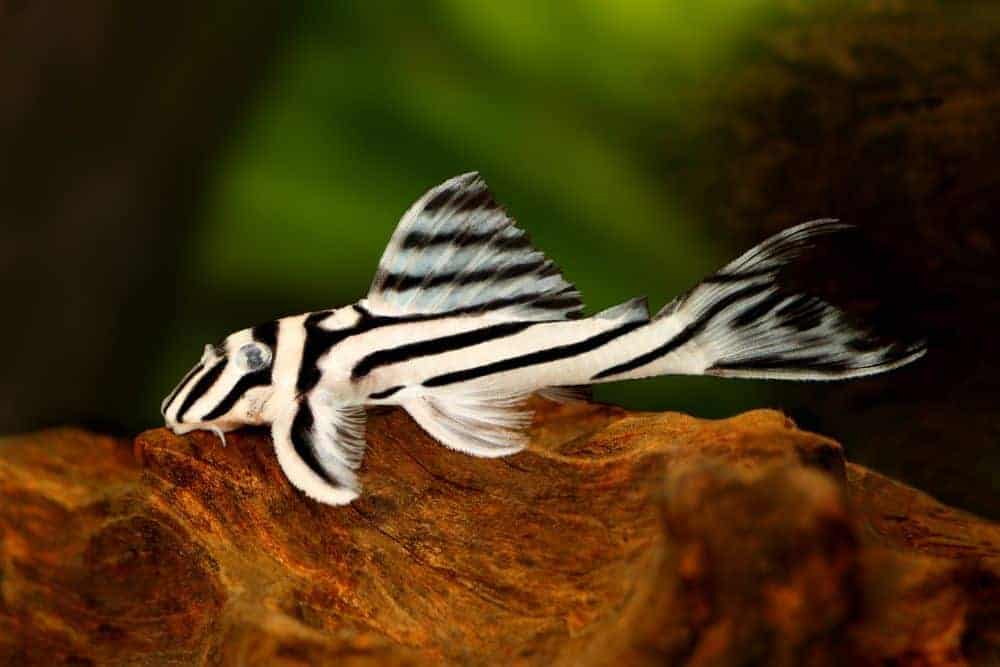
The straight black bands across its body separate this Zebra Pleco from the wavy-lined form, known as L098. Males have wider heads than females when seen from above, and the first ray of the pectoral fin is broader.
Include sand, rocks, and bogwood in the tank to mimic this pleco’s natural habitat. The water must be well-filtered and well-oxygenated to encourage spawning, which occurs in a cave. The eggs are laid in batches, and hatch in about a week.
Banjo Catfish
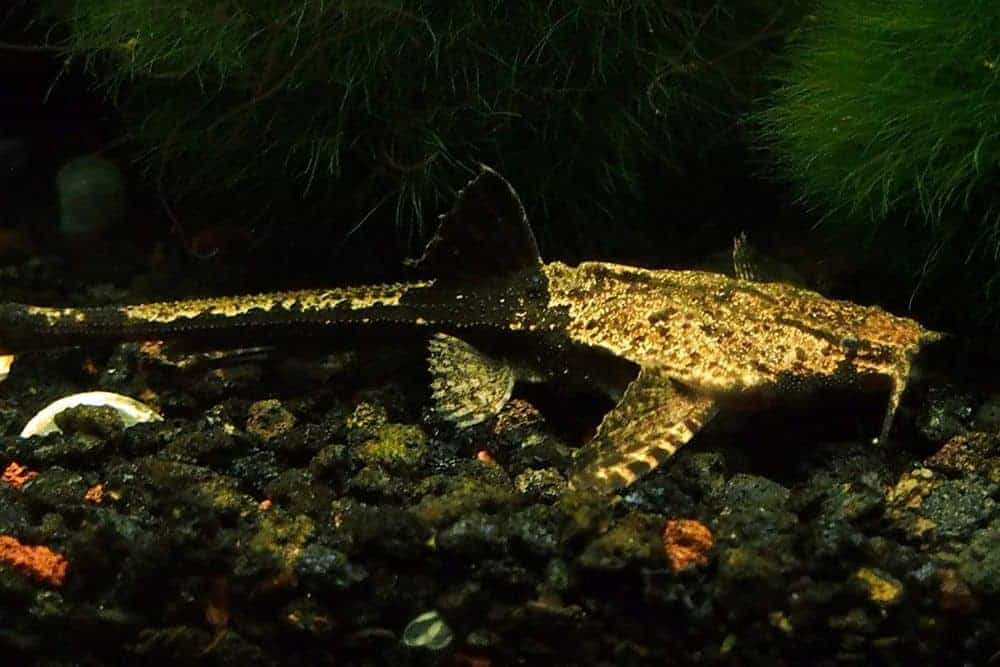
Banjo catfish rarely strays far from the substrate, and will often try to conceal itself by burrowing in the gravel in the base of the aquarium, just as it would on riverbeds in the wild.
The inclusion of shriveled oak leaves that have been previously soaked will provide extra camouflage. Pairs of these fish can breed in aquaria. The female lays up to 5,000 eggs in a pit; the male guards the eggs until they hatch.
Panda Corydoras
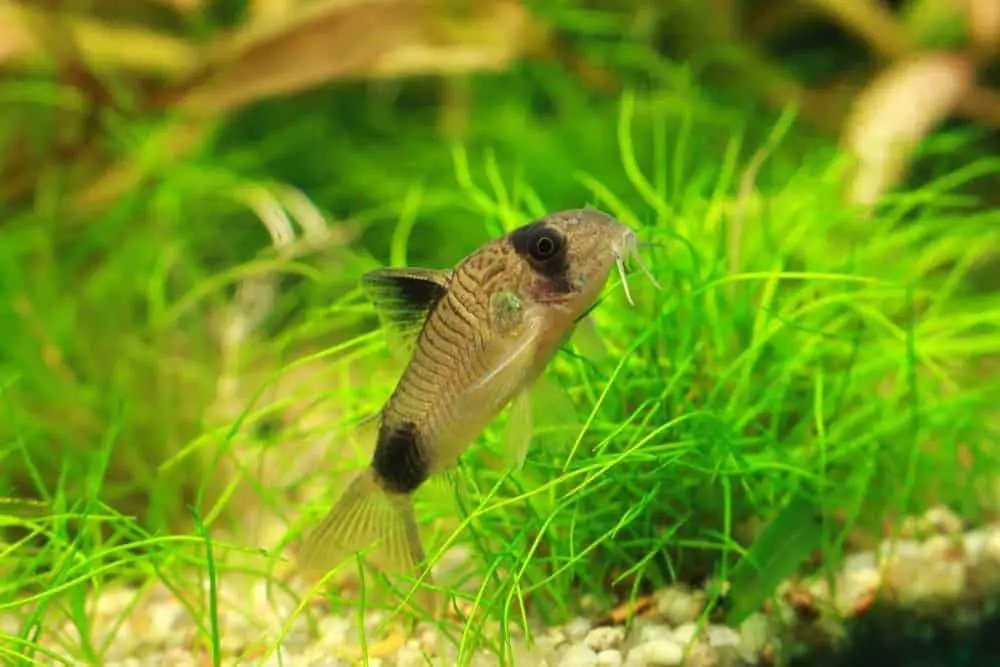
These tiny corydoras are named for their pattern of black markings on a pale background, reminiscent of a panda’s coloration. They will scavenge any uneaten food on the floor of the tank before it starts to decompose and reduce the water quality.
Nevertheless, all corydoras should be given their own food. Partial water changes every three weeks will aid the water quality, and an effective filter will help oxygenation.
Tetra AquaSafe Plus, 8.45 Ounces, aquarium Water Conditioner And Dechlorinator, Model Number: 46798162681
$8.49 (as of July 12, 2024 10:52 GMT +03:00 - More infoProduct prices and availability are accurate as of the date/time indicated and are subject to change. Any price and availability information displayed on [relevant Amazon Site(s), as applicable] at the time of purchase will apply to the purchase of this product.)API TAP WATER CONDITIONER Aquarium Water Conditioner 16-Ounce Bottle
(as of July 12, 2024 06:37 GMT +03:00 - More infoProduct prices and availability are accurate as of the date/time indicated and are subject to change. Any price and availability information displayed on [relevant Amazon Site(s), as applicable] at the time of purchase will apply to the purchase of this product.)API STRESS COAT Aquarium Water Conditioner 4-Ounce Bottle (85B)
40% OffSpotted Catfish
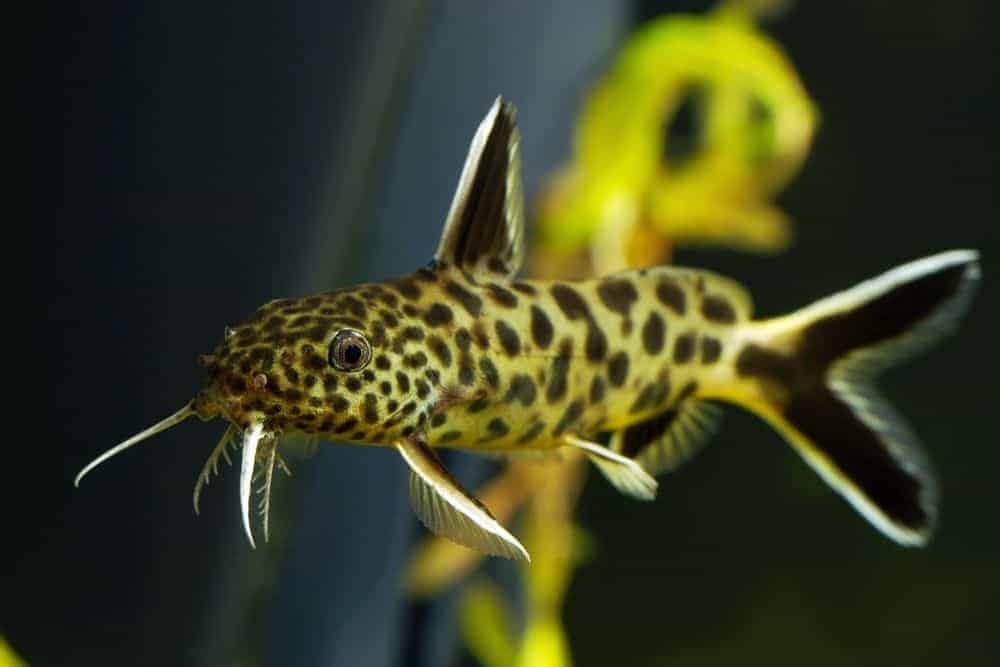
The size of Spotted catfish means that it requires suitably spacious accommodation from the outset. The Spotted Catfish has a large, rather bill-like mouth, with prominent barbels and elongated body shape.
Its blotched appearance includes a variable pattern of dark spots on its sides. Spotted Catfish catfish naturally frequent cooler, deeper waters and will rest on a bed of pebbles or a similar raised area during the day, becoming active as darkness falls.
Whiptail Catfish
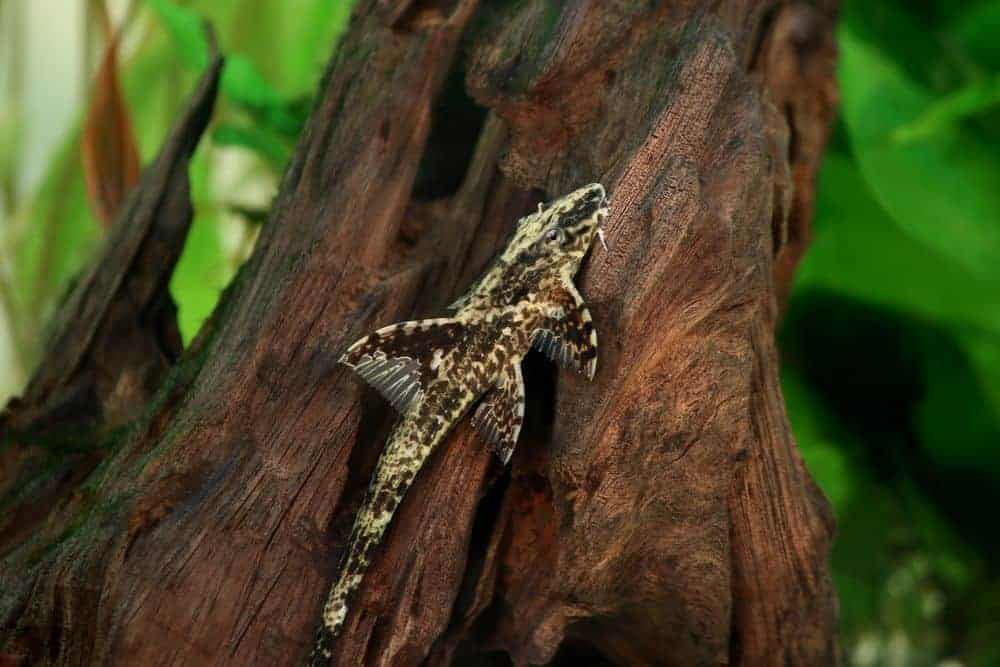
The slender, brown body of this catfish makes it easy to confuse with a twig. Mature males can be recognized by bristles on their snouts. About a day before spawning occurs, the female develops an egg-laying tube called an ovipositor.
She lays a clutch of up to 60 adhesive eggs, typically on rocks. The eggs are guarded, usually by the male, until the young emerge.
Giraffe Catfish
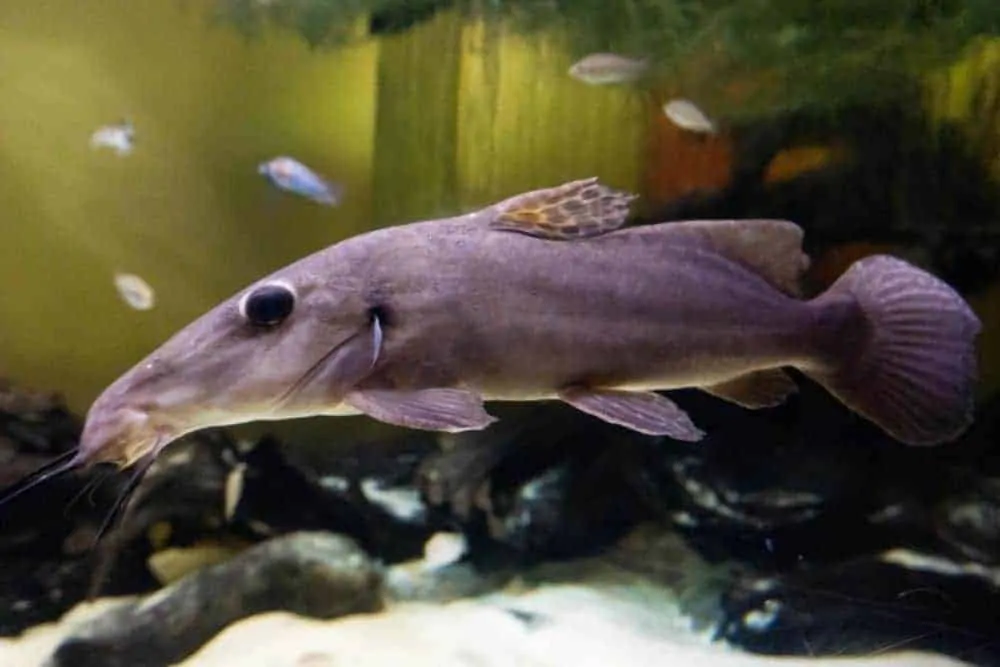
The distinctive soft, mottled, brown-and-white patterning of Giraffe catfish resembles that of a giraffe. The actual markings may vary between individuals, with several dark dots apparent on both sides of the body.
The Giraffe Catfish is active during the day when it searches the substrate for edible items. It requires a fine floor covering, bogwood for retreats, and spacious accommodation in view of its likely adult size. Successful aquarium breeding is very unlikely.
Emerald Catfish
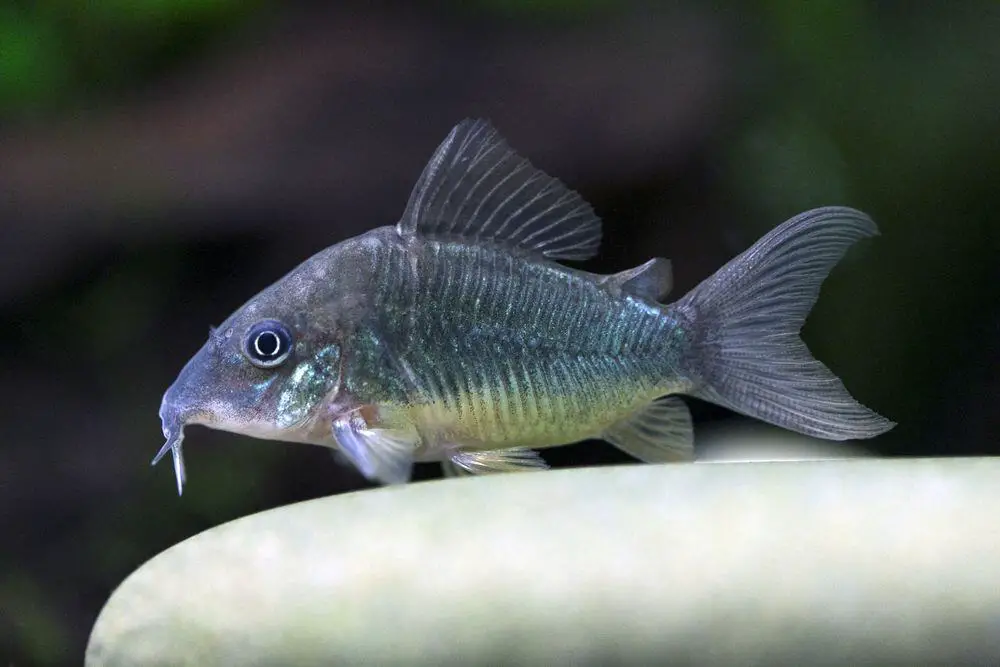
Green iridescence is particularly prominent in this species, covering the head as well as much of the body. The underparts have a pinkish suffusion, which is most evident in males.
For breeding purposes, it is recommended to keep a small group of three males and two females. The eggs are scattered among aquatic vegetation, and the catfish must be removed before they eat them.
Black Fin Shark Catfish
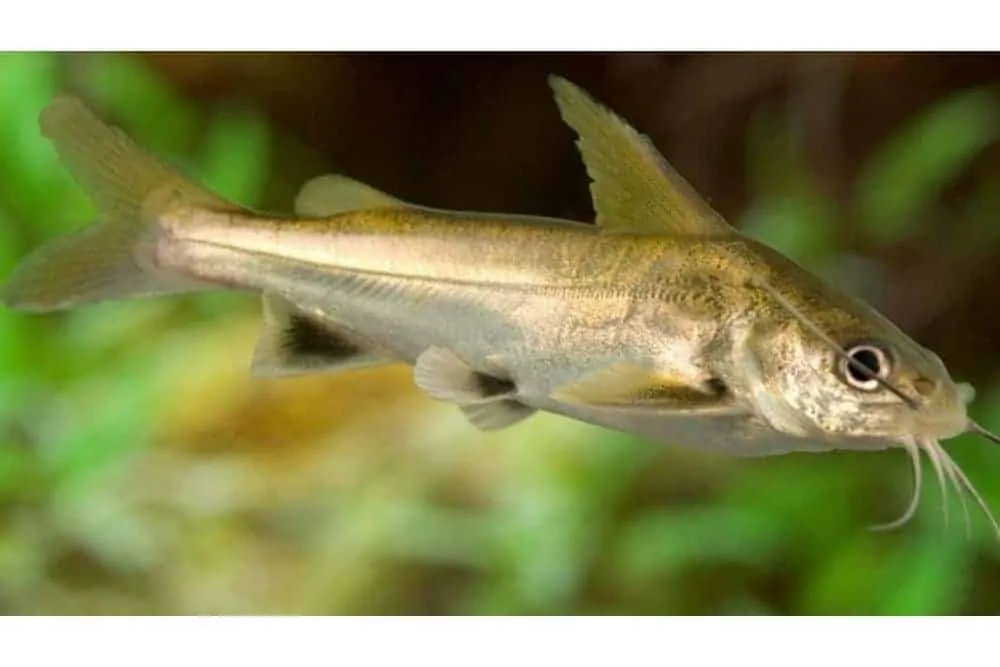
The combination of the streamlined body shape and the large dorsal fin explains why this species is known as the Black-Fin Shark Catfish. The fins on the underside of the body are edged with white.
Although primarily a freshwater species, the Black-Fin Shark sometimes enters brackish waters in river estuaries. In an aquarium setting, especially at first, the addition of a small quantity of sea salt (about a level teaspoon per gallon/ 4.5 liters) to the water is recommended.
As the fish grow older, their characteristic coloring fades. Plenty of open space for swimming, plus a strong filter current, are essential features of their aquarium. These catfish are mouth-brooders, with the male carrying out this task.
Indian Catfish
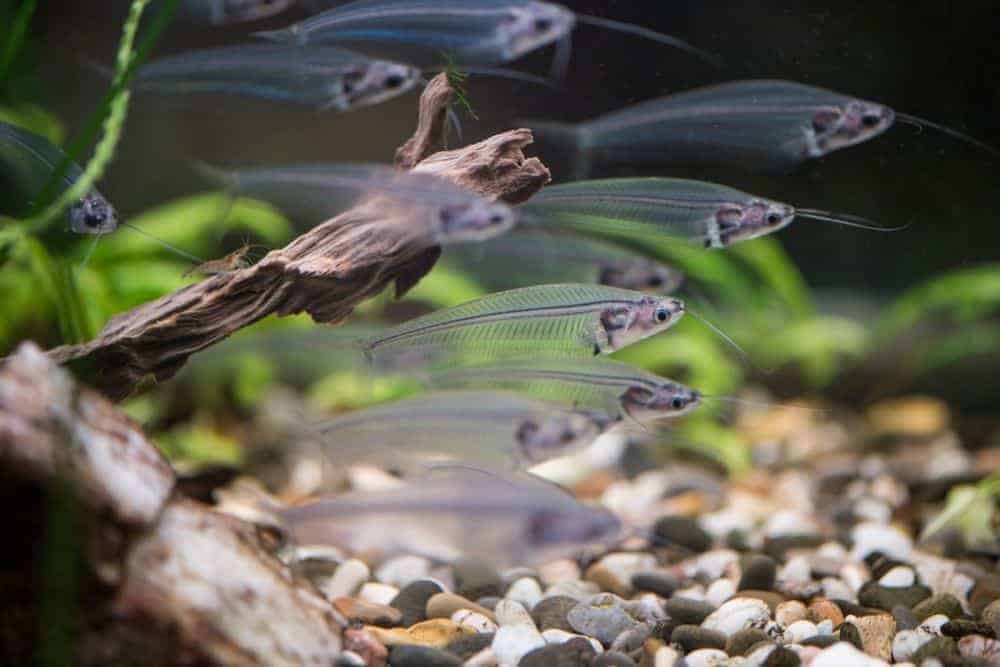
This species is one of the Asian hillstream catfish, so it requires well-filtered and aerated water to mimic the conditions in a relatively fast-flowing stream. These fish will not harm vegetation since they naturally feed on insects at the water’s surface.
Consequently, it is better to give live foods (including freeze-dried items) and flake foods rather than sinking pellets. Indian catfish are lively, active fish, and will thrive if kept in small groups.
Porthole Catfish
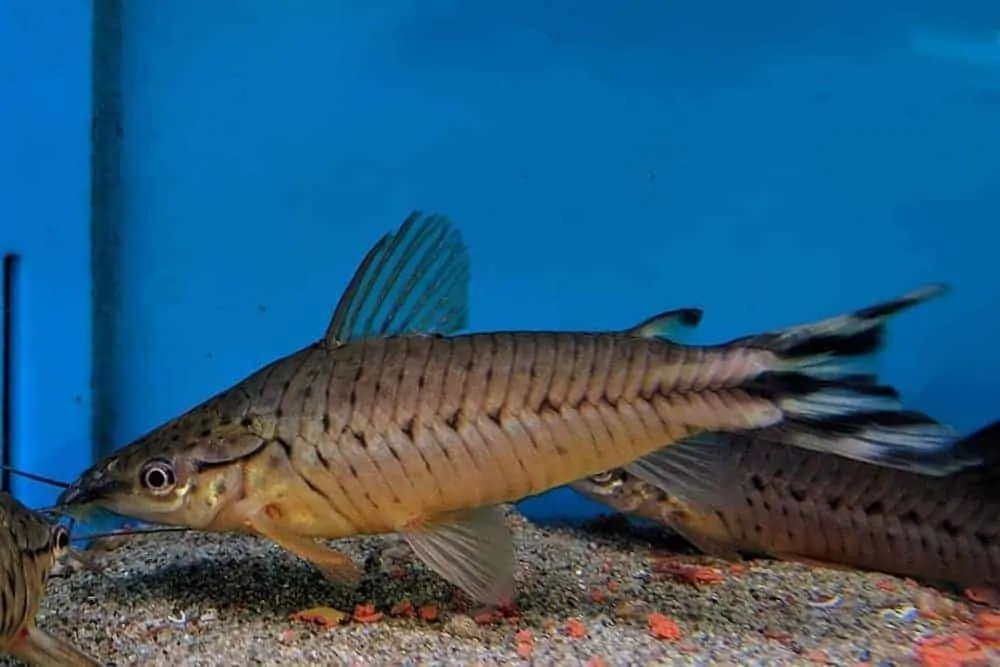
The pattern of dark speckling on the body varies between individual Porthole Catfish, but it never extends to the fins.
Distinguishing the sexes is difficult, but pairs will breed in aquarium surroundings, where the male creates a bubble nest for the eggs. Lowering the water level and raising its temperature to 82°F (28°C) may help to trigger spawning. When swimming, the longer pair of barbels are held horizontally, while the shorter pair points downward.
Peppered Corydoras
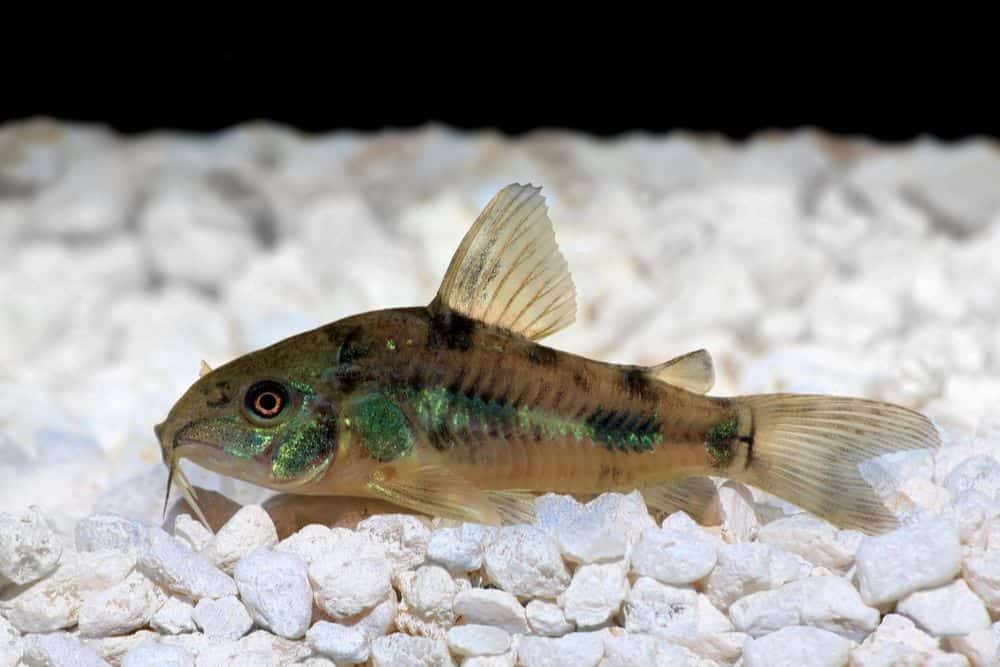
The Peppered Corydoras, one of the most widely kept species in the group, has black spots on the flanks that may sometimes fuse together to create a banded appearance.
Iridescence may also be evident over this part of the body. This was one of the first tropical fish to be bred in Europe, having been spawned successfully in Paris in 1878, and it will reproduce readily in aquariums. Peppered Corydoras are relatively hardy fish.
Green Corydoras
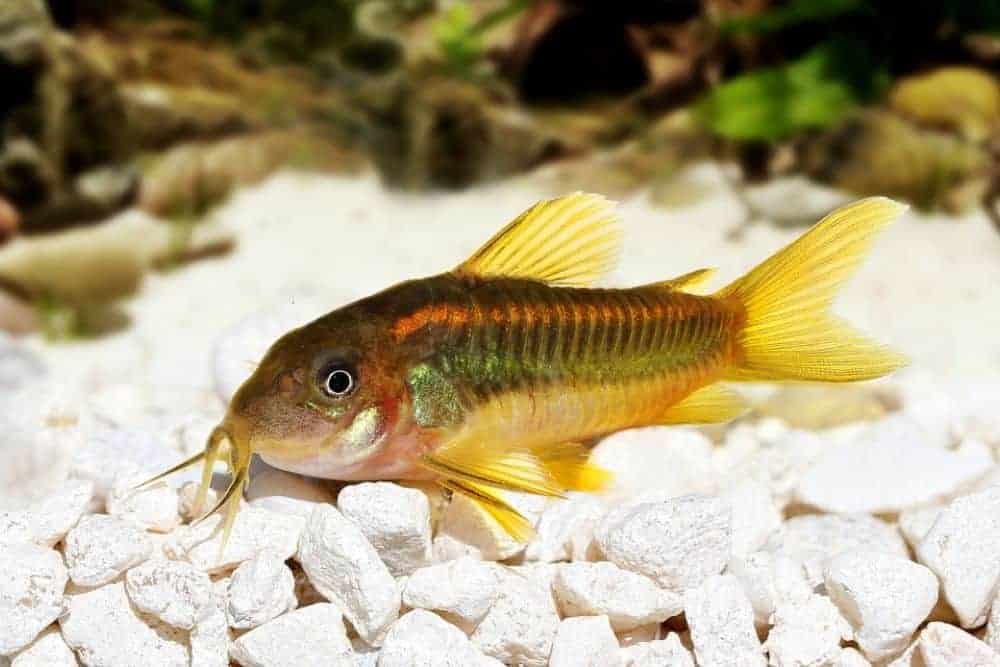
This popular corydoras lacks dark markings on its yellowish-brown body. Instead, there is a strong iridescence on the face and along the upper part of the back.
This iridescence ranges from green to copper, depending on the light. Several color variants exist, including an albino. The larger, often more rotund, female actively initiates spawning. The eggs are laid in small batches among aquatic vegetation, and hatching takes about five days. The young initially need fry foods.
Peppermint Pleco
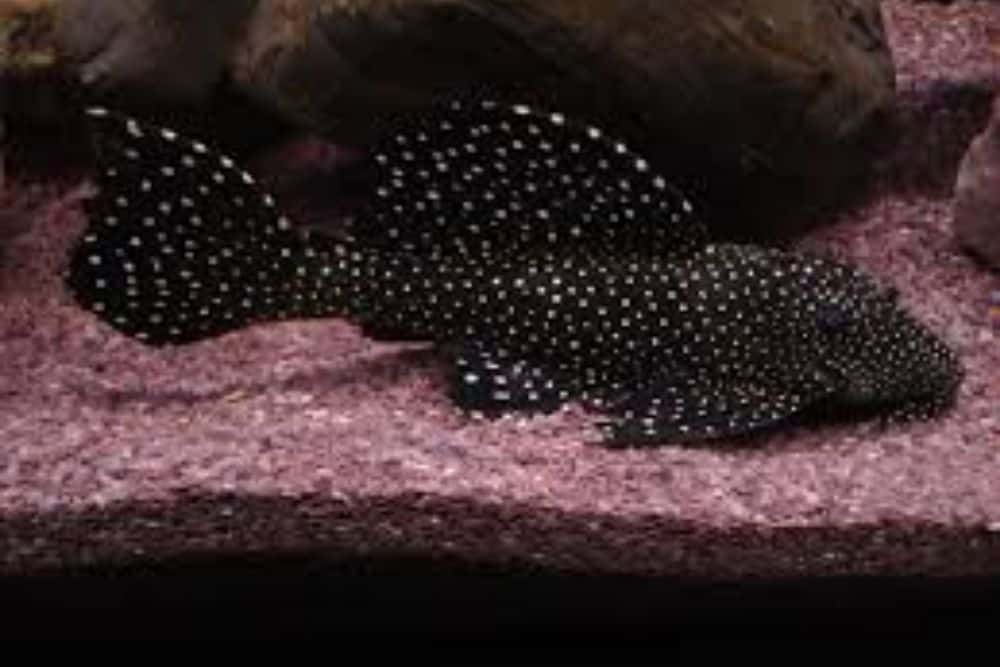
A black background decorated with white spots helps to identify this particular loricariid. It now seems that the Peppermint Pleco ascribed the number L030 is merely the juvenile form of the various recognized as L031, which has a finer spotted pattern.
L030 may appear more common simply because juveniles are caught more often than adults. Peppermint Plecos need to be kept in well-oxygenated water with a low nitrate reading.
Gold Spotted Pleco
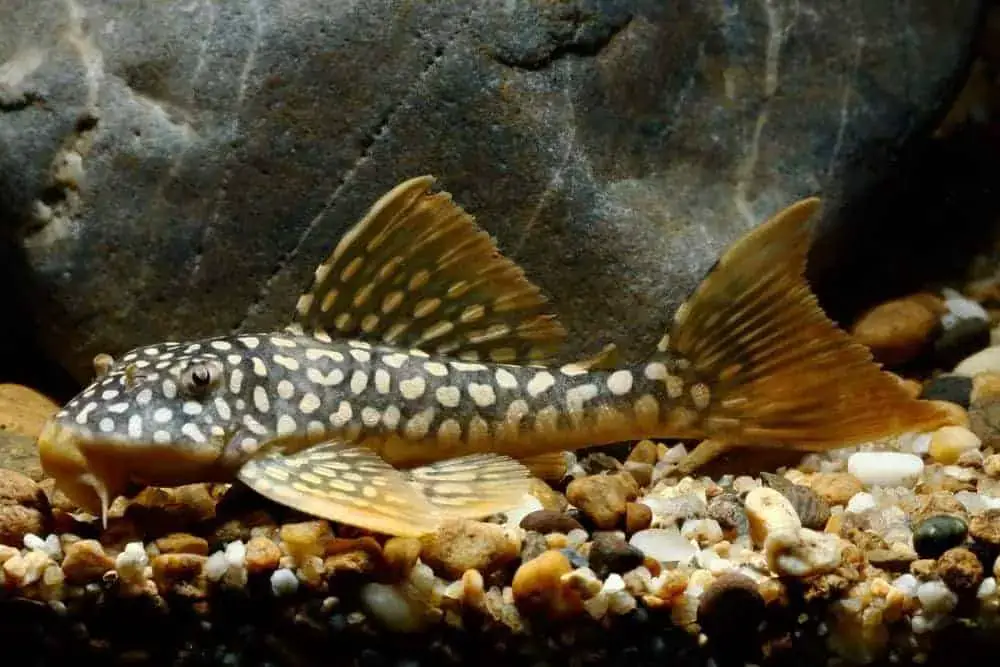
The coloration of burnished gold on the fins and contrasting yellower spots on the body is much brighter in young Gold-Spotted Plecos than in adults. Males have a broader first ray on the pectoral fin and a slightly bristly appearance on their heads.
At present, no breeding records exist for these catfish, which were only officially described in 1994. They require well-filtered, moving water in their tank, with rocks and a sandy base to mimic their natural habitat. Gold-Spotted Plecos are not particularly difficult to keep, despite their large size, but they do become more aggressive as they grow larger.
They feed near the substrate and can be persuaded to take catfish pellets and live foods. If there are retreats in the tank, it is important that uneaten food does not accumulate in them, since it will decrease the water quality and harm the fish.
Red Tailed Catfish
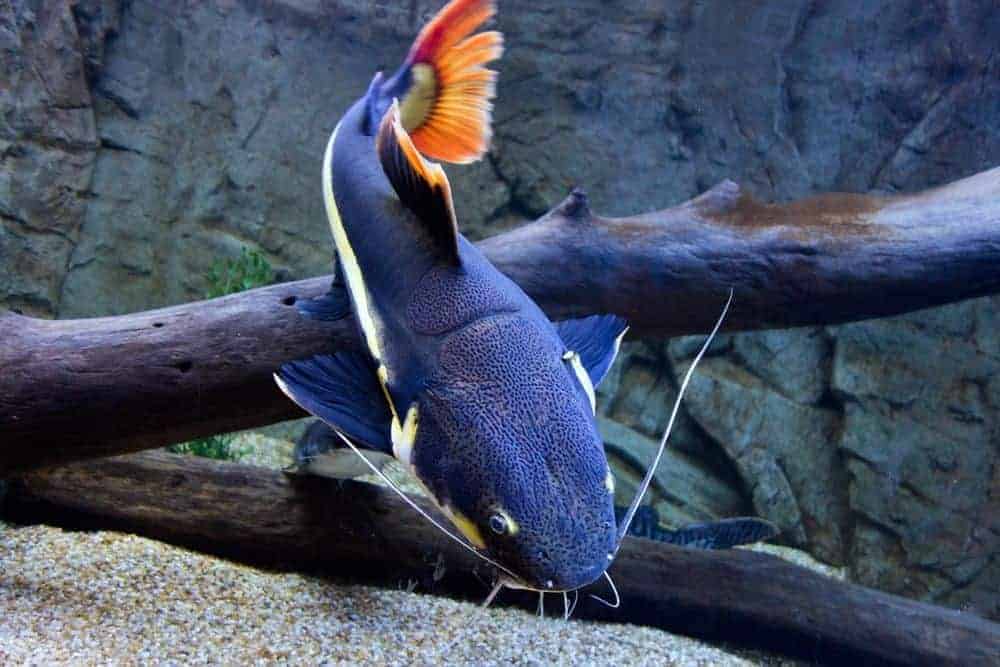
It is easy to forget when seeing juveniles of this species that they grow rapidly into very large fish. Despite this caution, Red-Tailed Catfish enjoy a dedicated following, partly because these intelligent fish soon come to recognize their owners sufficiently to feed from the hand.
Having fed, they will rest on the bottom to digest their meal. Efficient filtration and regular partial water changes are essential.
Butterfly Catfish
Though not often available, these small catfish make interesting aquarium occupants—they are social by nature and can be kept in groups.
They are attractively and individually marked in various shades of brown, with some cream-colored areas on their bodies, too. The only drawback is that they are nocturnal and rather shy. Consequently, an aquarium for Butterfly Catfish should incorporate suitable retreats. Feed these catfish at dusk.

Hi, my name is Sean, and I’m the primary writer on the site. I’m blogging mostly about freshwater and saltwater aquariums, fish, invertebrates, and plants. I’m experienced in the fishkeeping hobby for many years. Over the years I have kept many tanks, and have recently begun getting more serious in wanting to become a professional aquarist. All my knowledge comes from experience and reading forums and a lot of informative sites. In pursuit of becoming a professional, I also want to inspire as many people as I can to pick up this hobby and keep the public interest growing.
Read more about Sean.
Please join also my Facebook group.

